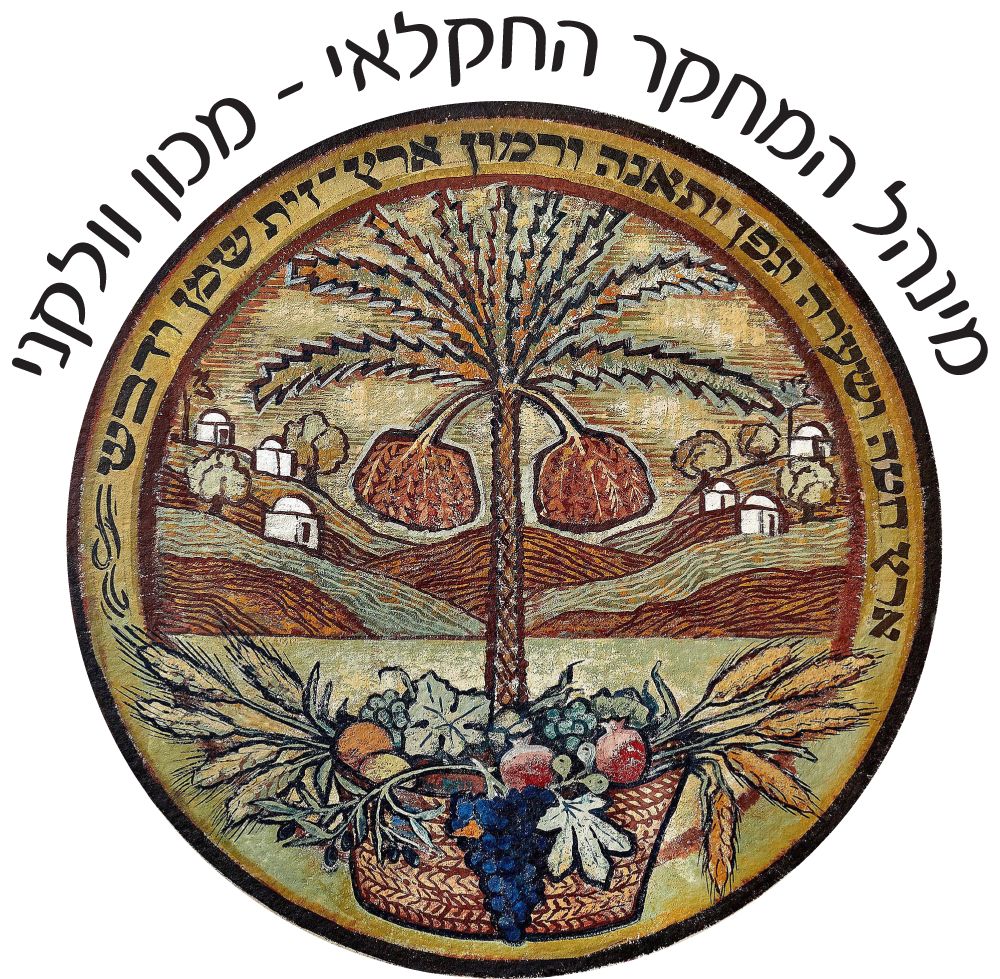Anat Zada Byers Ph.D.
Researcher in the field of chemistry of pheromones and other semiochemicals in insects and their applications
- Institute of Plant Protection
- Entomology and Units for Nematology and Chemistry
- Oregon State University, Department of Horticulture ALS Building (Room 0076)- temporarily
- +972-39683781
Biography
1991 B.Sc. in Chemistry at The Hebrew University of Jerusalem, Givaat Ram , Jerusalem
1993 MSc in Organic and Polymer Chemistry at The Hebrew University of Jerusalem, Givaat Ram , Jerusalem
Title of thesis: A new method for polyacetylene synthesis. Supervision by: Prof. Josef Klein and Prof. Yair Avny
1998 Ph.D. in Organic and Polymer Chemistry at The Hebrew University of Jerusalem, Givvat Ram, Jerusalem
Title of thesis: Polymer crosslinking without chemical bonding. Supervision by: Prof. Albert Zilkha and Prof. Yair Avny
1999 Postdoctoral position at The Institute of Polymer Technology and Materials Engineering, Loughborough University, U.K. @ Prof. Doug J. Hourston
Research subject: Polymer characterization by Modulated–Differential Scanning Calorimetry (DSC)
2000-present Research Scientist at the ARO, Volcani Institute, Institute of Plant Protection, Rishon LeZion, Israel.
2024-2026 Sabbatical, Courtesy Faculty, Semiochemicals Chemistry and Applications, Department of Horticulture, Oregon State University, OR, USA. @ Prof. Vaughn Walton.
Research Interests
My education and training in synthetic organic chemistry and polymer technologies has been uniquely valuable in researching the interdisciplinary areas of pheromone chemistry, insect chemical ecology, and pest management with semiochemicals. Along with my staff and colleagues I have identified pheromones of agricultural pests that are used in attractive monitoring traps that estimate pest population levels in order to reduce insecticide use and to develop control methods of mass trapping, mating disruption, and push-pull. Our main goal is to enhance the use of semiochemicals, and specifically pheromones, in pest management, because semiochemicals do not harm beneficial insects (predators, parasitoids, and pollinating bees) or the environment. In this way it is possible to achieve safe and sustainable production of food and fiber. Oury lab is the only pheromone chemistry unit in Israel as well as the Middle East that addresses both pheromone identification of pests that damage dates, citrus, and others crops and the application of pheromones and semiochemicals in pest management. In the last few years we have been concentrated in identifying pest repellents that could be used in push-pull methodologies.
Publications/Articles
- Circadian rhythms of insect pheromone titer, calling, emission, and response: a review.
- Pheromones and semiochemicals with potential uses in management of citrus pests
- Diel rhythm of volatile emissions of males and females of the peach fruit fly Bactrocera zonata
- Identification of the sex pheromone of the spherical mealybug Nipaecoccus viridis by SSGA analysis
- Circadian Release of Male-Specific Components of the Greater Date Moth, Aphomia (Arenipses) Sabella, Using Sequential SPME/GC/MS Analysis
- False codling moth pheromone analysis by SSGA analysis
- Monomers for non–bond crosslinking of vinyl polymers.
- Development of sol–gel formulations for slow release of pheromones
- Analyzing diurnal and age–related pheromone emission of the olive fruit fly, Bactrocera oleae by sequential SPME–GCMS analysis
- Sex pheromone component ratios and mating isolation among three Lygus plant bug species of North America.
- Diel periodicity of pheromone release by females of Planococcus citri and Planococcus ficus and the temporal flight activity of their conspecific males.
- Reevaluation of the sex pheromone of the lesser date moth, Batrachedra amydraula, using autosampling SPME–GC/MS and field bioassays.
- Monitoring and mass–trapping methodologies using pheromones: The lesser date moth Batrachedra amydraula
- The first isolation of pheromone from Batrachedridae
- Protecting avocado trees from ambrosia beetles by repellents and mass trapping (push–pull): experiments and simulations.
- Modelling push-pull management of pest insects using repellents and attractive traps in fruit tree orchards.
- Pheromone chemoenzymatic synthesis
- Repellents for Bactrocera zonata- peach fruit fly

